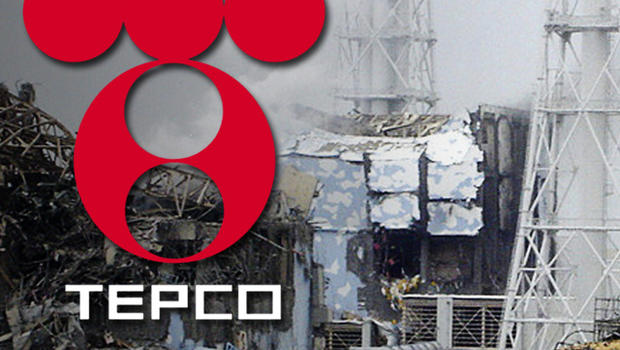Treated water from the Fukushima No. 1 nuclear plant is safe to be released under controlled circumstances into the Pacific Ocean, according to an independent Tepco adviser.
Article by Bloomberg
“It is much better to do a controlled release in my view than to have an accidental release,” Dale Klein, a former chairman of the U.S. Nuclear Regulatory Commission, said in an interview in Tokyo. “I get nervous about just storing all that water when you have about 1,000 tanks. You have all the piping, all the valves, everything that can break.”
More than five years after the meltdowns at Fukushima No. 1, Tokyo Electric Power Company Holdings Inc. continues to struggle to contain the radiation-contaminated water that inundates the plant.
About 300 tons of water — partly from the nearby hills — flows into the reactor buildings daily, mixing with melted fuel and becoming tainted, according to Tepco. For perspective, that’s roughly the amount of water contained in one lane of an Olympic-size swimming pool.
The water is currently pumped out of the buildings and purified, lowering its radioactive content with a system called Advanced Liquid Processing System, or ALPS. The treated water, which still contains a radioactive element known as tritium, is then stored in one of roughly 1,000 tanks at the site.
What to do with the treated water remains a headache for Tepco.
The utility was urged by the International Atomic Energy Agency in May 2015 to consider discharging the water into the ocean.
In early 2014, Klein , an independent adviser to Tepco, criticized the company’s progress in managing the water situation, saying at the time that the task distracted it from other important challenges associated with the cleanup.
Tepco will cooperate with the government, local authorities and fishermen regarding what to do with the tritium water, spokesman Tatsuhiro Yamagishi said.
As of July 28, Tepco stored 668,352 tons of treated water at Fukushima No. 1, while 188,462 tons of untreated water was waiting in a second set of tanks to be processed by ALPS, according to Yamagishi.
The government agency overseeing handling of the treated water has not decided whether to go ahead with an ocean release because it needs to “weigh any potential impact on society,” according to an official who asked to not be named, citing internal policy.
“I hope the government will help move toward a decision,” Klein said.
Nuclear power plants routinely and safely release diluted concentrations of tritium-laced water, according to the U.S. Nuclear Regulatory Commission.
Release of the “water will not be a safety issue, but it will be an emotional issue,” Klein said. “A lot of people are not going to know what tritium is and they’re just going to perceive that the water is glowing in the dark.”





















